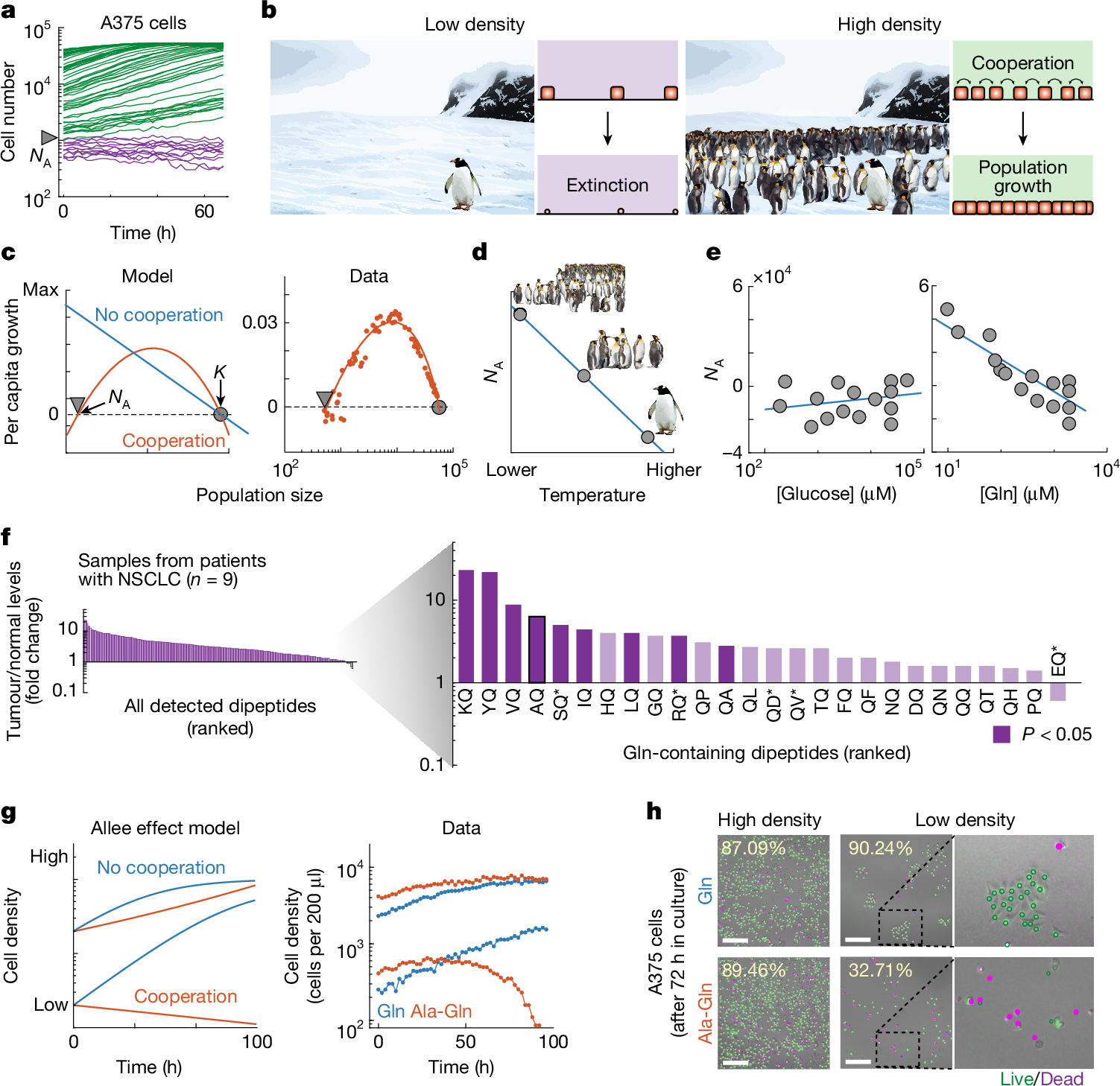2025-02-19 デラウェア大学
<関連情報>
- https://www.udel.edu/udaily/2025/february/3d-printed-model-study-aerosols-deposition-in-lungs-catherine-fromen/
- https://www.cell.com/device/fulltext/S2666-9986(24)00414-9
呼吸依存性局所エアロゾル沈着を評価するための実験的全容積気道近似 Experimental full-volume airway approximation for assessing breath-dependent regional aerosol deposition
Ian R. Woodward ∙ Yinkui Yu ∙ Catherine A. Fromen
Device Published:August 21, 2024
DOI:https://doi.org/10.1016/j.device.2024.100514
Graphical abstract
The bigger picture
Inhalable medicine depends on delivering aerosols to the correct location in the lungs at the correct dosage. But many factors complicate effective delivery, including drug formulation, delivery device, and patient anatomy and physiology. To help understand how inhaled aerosols deposit in the lungs, we created the TIDAL airway approximation system to serve as an adaptable model for measuring spatial aerosol deposition in the airways, which can test the administration of aerosol therapeutics under various combinations of breathing conditions, formulations, and device parameters. The modular and scalable nature of the system can help in the study of the effects of diseases and drugs on people with different physiologies. The TIDAL system is also readily extensible, enabling future physiological features, as well as integrated testing of organ-on-a-chip-like systems.
Highlights
•Full-volume 3D-printed lung model with cyclical breathing capability
•Modular design pipeline combines patients’ upper airways and approximated deep airways
•Tunable breathing by interactive graphical user interface and real-time processing
•Regional aerosol deposition quantified and mapped to clinical standards
Summary
Modeling aerosol dynamics in the airways is challenging, and most modern personalized in vitro tools consider only a single inhalation maneuver through less than 10% of the total lung volume. Here, we present an in vitro modeling pipeline to produce a device that preserves patient-specific upper airways while approximating deeper airways, capable of achieving total lung volumes over 7 L. The modular system, called total inhaled deposition in an actuated lung (TIDAL), includes tunable inhalation and exhalation breathing capabilities with resting flow rates up to 30 L/min. We show that the TIDAL system is easily coupled with industrially and clinically relevant devices for aerosol therapeutics. Using a vibrating mesh nebulizer, we report central-to-peripheral (C:P) aerosol deposition measurements aligned with both in vivo and in silico benchmarks. These findings underscore the effectiveness of the TIDAL model in predicting airway deposition dynamics for inhalable therapeutics.



